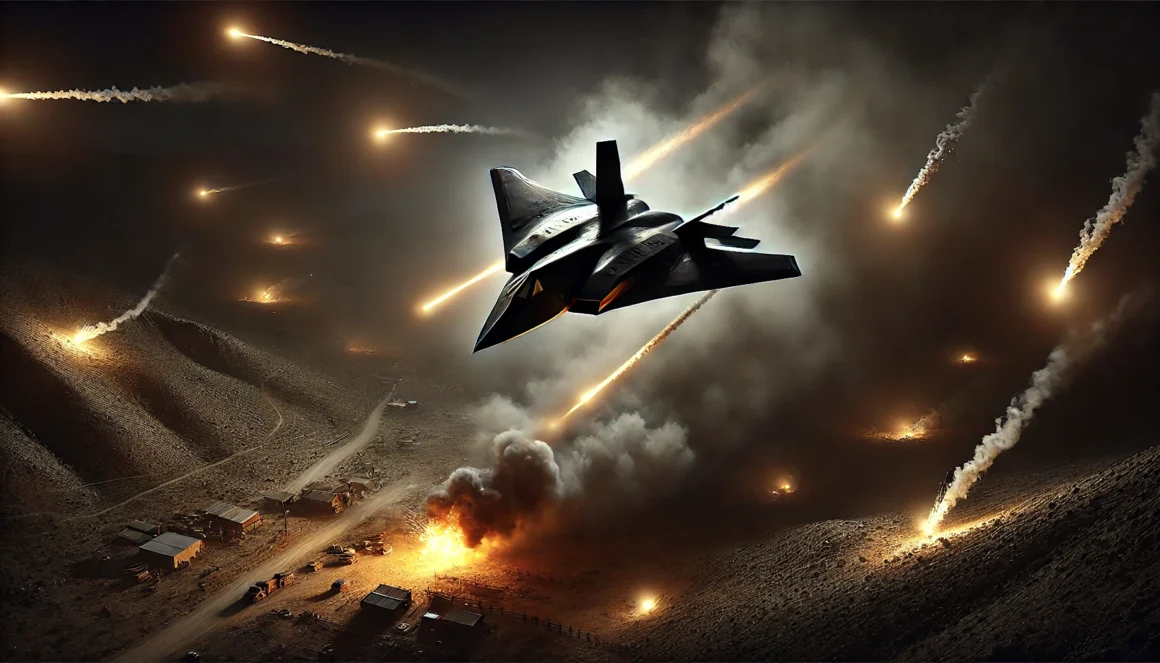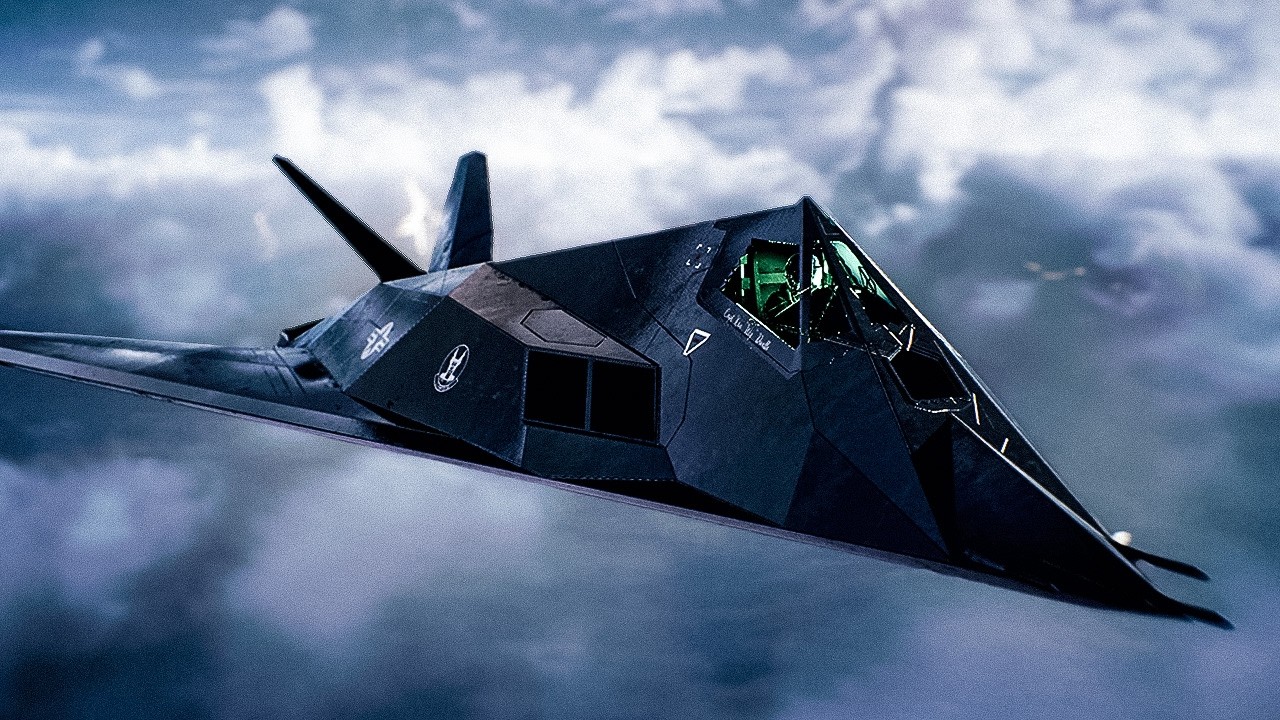Introduction
In the world of military aviation, the F-117 Nighthawk was a symbol of stealth and invincibility. Its cutting-edge stealth technology made it almost impossible to detect on radar, giving it a significant advantage in modern aerial warfare. However, history took an unexpected turn on March 27, 1999, during the Kosovo War, when one of these Nighthawk F-117 stealth fighter jets was shot down. This event shook the military world and exposed weaknesses in what was believed to be an impenetrable force. Dive in as we uncover the secrets behind the day a Nighthawk was shot down and learn the details of this remarkable event.
The Kosovo War and NATO’s Air Campaign
The 1999 Kosovo War, a part of the larger Yugoslav Wars, placed NATO forces in direct conflict with Yugoslavia (now Serbia and Montenegro). NATO’s airstrike campaign targeted strategic locations to achieve military supremacy and put pressure on the Serbian army. Among the aircraft deployed for stealth bombing missions was the sophisticated F-117A stealth bomber. On that fateful night, the mission was to strike the Serbian Air Force Command Center in Belgrade.
Piloted by Lieutenant Colonel Darrell Zelko, the Nighthawk F-117 took to the skies, escorted by F-16s. However, with deteriorating weather conditions, the F-16s returned to base, leaving Zelko to complete the mission solo. What he didn’t know was that he was heading directly into the crosshairs of a highly skilled enemy.
The Man Behind the Launcher: Lieutenant Colonel Zoltán Dani
On the ground, Serbian forces were not entirely blind to NATO’s movements. In fact, Lieutenant Colonel Zoltán Dani, who commanded an anti-air missile battery, had been tipped off by spies who reported the approach of enemy aircraft. Dani operated a Cold War-era Surface-to-air missile (SAM) system linked to a P-18 early warning radar. Despite the stealth aircraft vulnerabilities in extreme weather conditions, the system wasn’t foolproof—it would pick up countless false signals due to clouds and rain.
But this night was different. Dani noticed a tiny blip moving across the screen, which seemed out of place. He deduced that this was a stealth plane—specifically the Nighthawk downed in Yugoslavia later that night.
The Stealth Technology Failure
The F-117 Nighthawk was built around radar-evading designs, making it almost invisible on radar, even to sophisticated systems. However, Dani’s crew was persistent. They solidified their target after Zelko made a critical error: as he approached his bombing target, he opened the bomb bay doors. This act momentarily increased the radar signature, allowing Dani’s team to lock on with the SAM radar.
In those critical seconds, two missiles were launched at the Nighthawk. Zelko managed to drop his bombs and hit his target. But now he had an even bigger problem: enemy missiles were rapidly closing the gap.
The Moment the Nighthawk Was Shot Down
As the missiles closed in, Zelko attempted to evade them. The first missile failed to hit its mark due to a malfunction, but the second missile did its job. It exploded near the left wing of the F-117, sending devastating shrapnel through the aircraft. This explosion caused the stealth fighter to spiral out of control. Zelko had seconds to act—he ejected just before the plane plummeted to the ground. The F-117 had crashed, marking the first—and to this day, the only—time in history that a stealth fighter jet was downed during combat.

The Search for Zelko and His Rescue
Once on the ground, Zelko found himself in hostile territory. Serbian forces were already hunting the downed pilot, but Zelko had honed his survival and evasion skills. Hiding in a ditch, he waited for NATO rescue teams to arrive. A few tense hours later, a rescue helicopter picked him up just as Serbian forces began closing in. Zelko survived, but his F-117 was beyond saving.
Yugoslav Military Tactics: A Triumph Against the Stealth Fighter
The success of Dani and his team lies in a combination of resourcefulness and experience. The Yugoslav military tactics were designed to maximize the effectiveness of dated equipment, relying on human intuition and real-time intelligence. The older Cold War air defense systems they used were thought to be obsolete, but they proved more than capable that night. By operating under low-frequency radar that stealth technology struggled with, Dani and his crew found a vulnerability in the Nighthawk’s powerful but not flawless design.
Today, pieces of the downed F-117 are on display at the Museum of Aviation in Belgrade, a testament to Lieutenant Colonel Zoltán Dani’s tactical success.
Aftermath and Reflection on the F-117’s Weaknesses
After the incident, military analysts scrambled to understand how modern stealth technology could be defeated by older military systems. The event unveiled turning points in recognizing stealth aircraft vulnerabilities. While advancements have been made since then, the Nighthawk’s downfall demonstrated that knowing your opponent’s technology is half the battle.
Interestingly, in 2011, Lieutenant Colonel Darrell Zelko and Zoltán Dani met in person—a symbolic reunion between the hunter and the hunted. Zelko congratulated Dani for his remarkable achievement, and the two men reportedly forged an unexpected level of mutual respect.
Conclusion: A Moment in Stealth Fighter Jet History
The story of how the Nighthawk was shot down during the Kosovo War is a compelling one, filled with tactical innovation, human error, and surprises on both ends. This event exposed that even the most advanced stealth aircraft can have weaknesses when placed in unpredictable combat conditions. It remains a defining case in stealth fighter jet history, and one that military experts and aviation enthusiasts continue to study.










